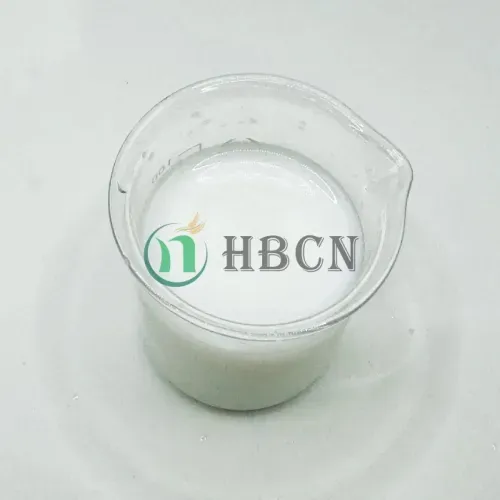
Nov . 06, 2024 12:17 Back to list
azoxystrobin and tebuconazole products
Understanding Azoxystrobin and Tebuconazole Products Applications and Benefits
Azoxystrobin and tebuconazole are two widely used fungicides in agriculture, known for their effectiveness in managing a variety of plant diseases
. Both products belong to different chemical classes and have unique modes of action, making them vital tools in integrated pest management strategies.Azoxystrobin is a member of the strobilurin class of fungicides, derived from natural sources. It operates through the inhibition of mitochondrial respiration, effectively preventing the fungus from producing energy. This mode of action makes azoxystrobin particularly effective against a broad spectrum of fungal pathogens, including those that cause leaf spots, blights, and root rot in crops like cereals, fruits, and vegetables. One of the standout features of azoxystrobin is its systemic activity; once absorbed by the plant, it can move throughout its tissues, providing protection to newer growth even after application.
On the other hand, tebuconazole belongs to the triazole group of fungicides, which work by inhibiting the biosynthesis of ergosterol, an essential component of fungal cell membranes. This disruption ultimately leads to cell death, making tebuconazole effective against a wide range of diseases, particularly in cereal crops, but also in fruit and ornamental plants. Its broad-spectrum efficacy ensures that it can target various fungal pathogens, including rusts, powdery mildew, and leaf blight diseases. Tebuconazole is also known for its curative properties, meaning it can eliminate some infections that are already present on the plant.
azoxystrobin and tebuconazole products

In combination, azoxystrobin and tebuconazole provide a powerful tool for farmers looking to protect their crops. Their overlapping efficacy against multiple pathogens, along with their distinct modes of action, helps in managing resistance development. This is crucial in today’s agricultural landscape, where some pathogens have developed resistance to single-site fungicides. By alternating or tank-mixing these products, farmers can achieve better control over disease spread while minimizing the risk of resistance.
Furthermore, both fungicides are relatively safe for humans and the environment when used according to the label instructions. They contribute to increased crop yields and improved quality, ultimately benefiting farmers and consumers alike.
In conclusion, azoxystrobin and tebuconazole are essential components of modern agricultural practices. By understanding their characteristics and applications, farmers can make informed decisions that enhance crop protection and ensure sustainable agricultural productivity. As the agricultural sector continues to face challenges, the effective use of these fungicides will play a critical role in securing food production and managing plant health.
-
Best Abamectin 95% | Top Pesticide for Crop Protection
NewsJul.31,2025
-
Insecticide Spirotetramat 11% + Thiacloprid 11% SC at Good Price
NewsJul.30,2025
-
Best Abamectin SDS - Premium Quality & Reliable Safety Data
NewsJul.29,2025
-
Agrochemicals Pesticides Solutions for Sustainable Farming
NewsJul.29,2025
-
High-Quality Tebuconazole Fungicide for Crop Protection at Best Price
NewsJul.29,2025
-
Chlorfenapyr 8% + Clothianidin 20%SC Pesticide Mixture for Effective Pest Control
NewsJul.28,2025
